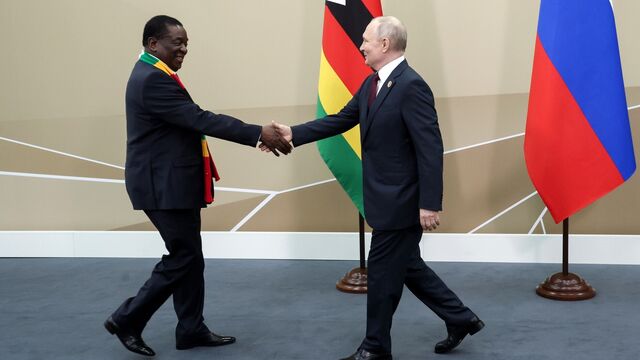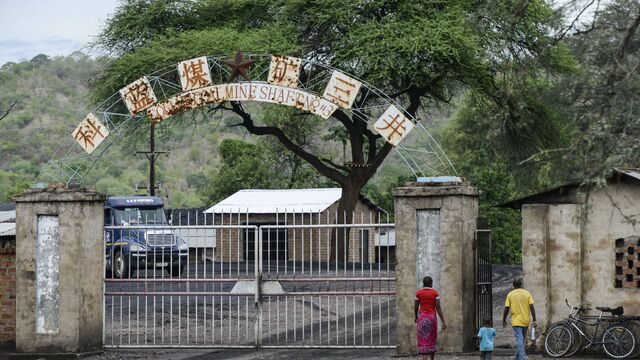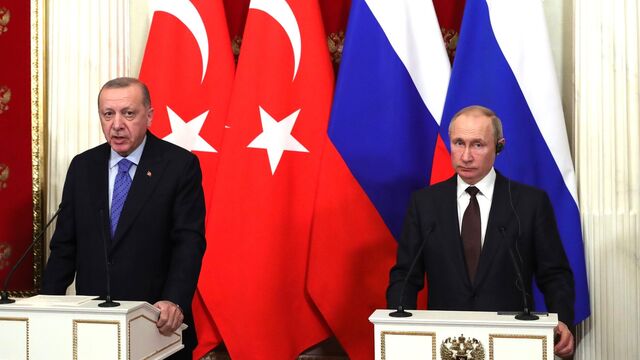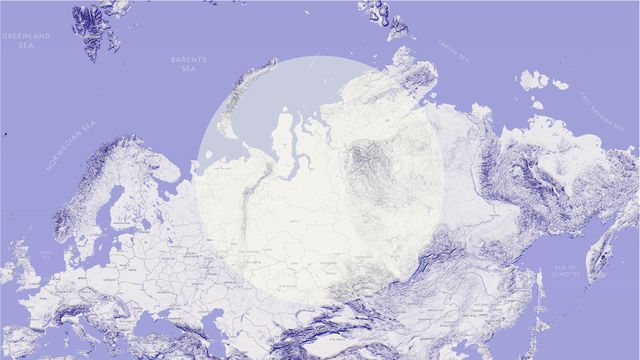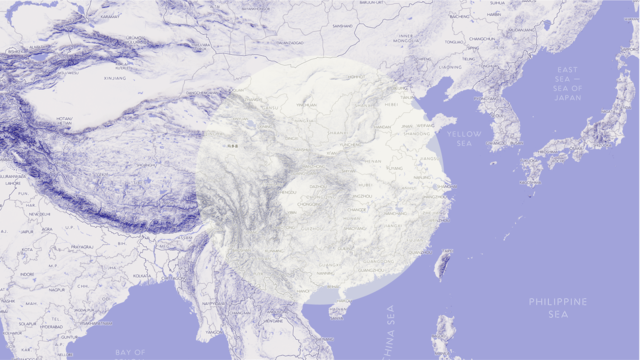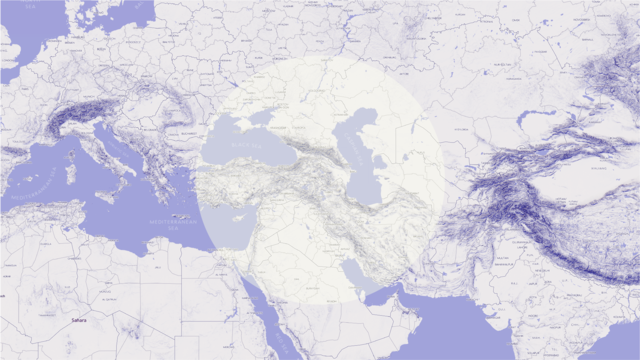One Belt One Road Versus the Eurasian Economic Union
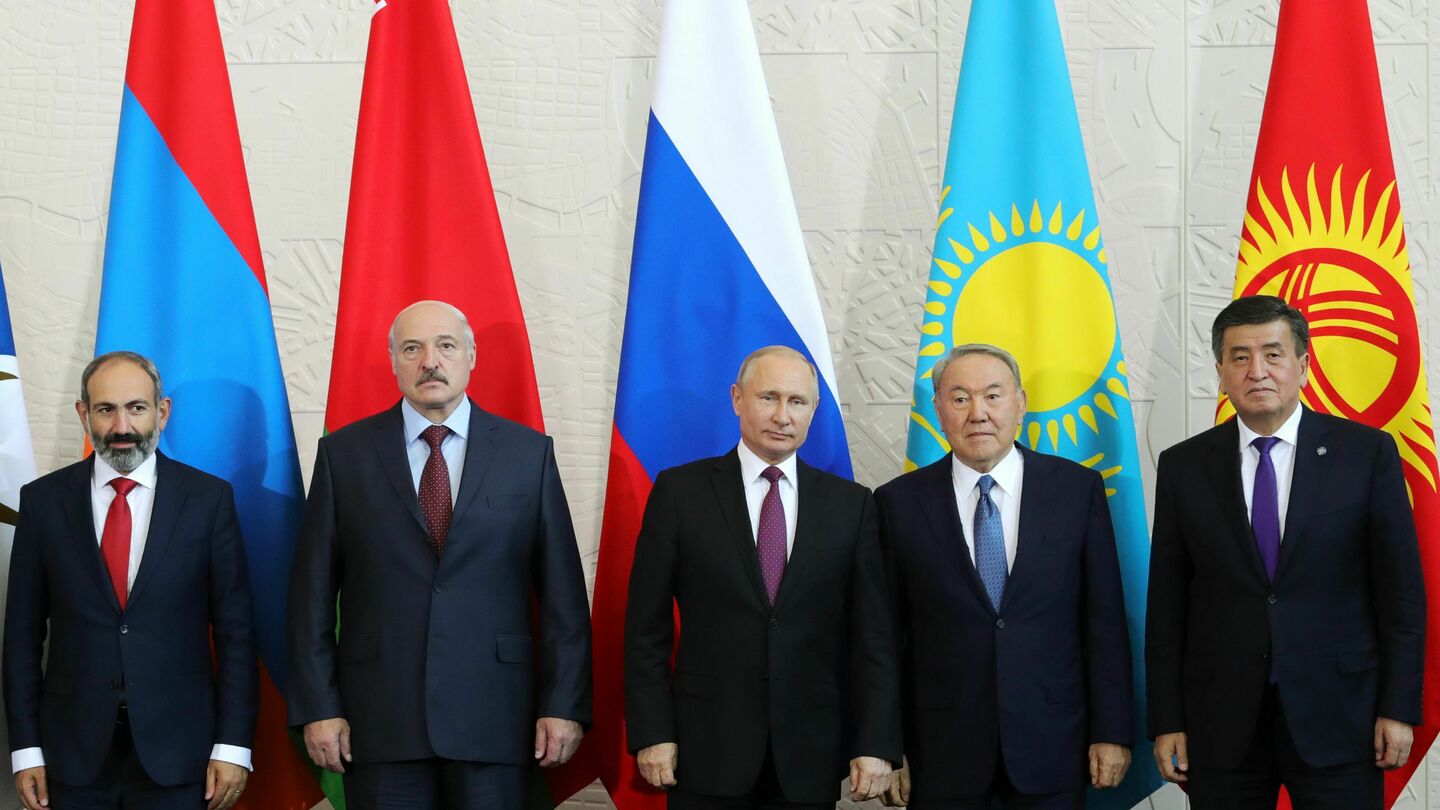
Mezinárodní Politika has established cooperation with the Peace Research Center Prague, a newly-established interdisciplinary center of excellence at the Charles University, with focus on prevention, management, and transformation of conflicts in world politics. This article is part of the policy brief series published by the PRCP and Mezinárodní Politika.
Two biggest projects that currently unite most of the Central Asian countries are the Russia-sponsored Eurasian Economic Union (the EEU) and China-sponsored One Belt One Road (the OBOR or China`s Belt and Road Initiative - BRI). There is no agreement on the relationship between them. The main question remains: what are the areas of potential conflict between these initiatives and how can it be prevented? How does the potential conflict affect the EU foreign policy towards the region?
Looking at the establishing documents shows that while the OBOR is a purely economic initiative aimed at fostering trade, the EEU is a more elaborated project intended to guarantee free movement of goods, services, capital, and workers along with coordinated economies. Moreover, the structure of the initiatives differs immensely. The EEU is a classic institution with bodies that have clear functions and decision-making procedures. The OBOR is a loose project consisting of bilateral agreements between China and respective countries under Chinese umbrella.
This is exactly the reason why the Russians often perceive the Silk Road (land-based part of the OBOR) as Chinese expansion to Central Asia, which is traditionally in the Russian sphere of interests. The Europeans and the Chinese often criticize the EEU that it is a Russian project aimed at re-establishing its imperial ambitions in the post-Soviet area. Nevertheless, both projects attract Central Asian states that actively participate in them. They are motivated by economic benefits that come with Chinese and Russian active involvement in the region.
In this respect, the EU can either suggest the third option of regional projects or negotiate with the existing ones. Its status as an unrelated third party gives it a better bargaining position in case the EU or any of its member-states would like to enter Central Asia.
The main area of potential conflict between the OBOR and the EEU is geo-economy since both projects aim at diminishing trade barriers and promoting free movement of goods and services in the region. These goals imply further needs such as renovating existing or building new infrastructure, establishing companies and joint ventures, making heavy financial investments. The Europeans have already been present in the mentioned sub-spheres, but not in values comparable to the Chinese or Russian. The new structures established and promoted by the OBOR and the Euan change this situation, as they minimize or even eliminate many of the existing limitations and problems, including bribery – the traditional way of leading businesses in the post-Soviet space.
As mentioned hereinabove, infrastructure plays one of the crucial roles for the OBOR and this what differentiates it from the EEU`s broader agenda. Regarding road (re)construction, for instance, there is a three-step process. First, China builds roads on its territory. Then, it participates in reconstruction and modernization of near-border objects (e.g., road via the Kulma pass in Tajikistan). Third, Beijing invests in or finances the reconstruction of roads leading from the objects finished in the second step to the industrial hubs and markets (e.g., Kulma-Horog-Kulab-Dushanberoad). Reconstructed objects fill the gaps left after the Soviet-Chinese relations worsened (after the notable20th Congress of the CPSU) and trade between the states was minimized.
The EEU does not have a clear agenda for infrastructure, as its focus lays on broader economic cooperation. However, as the OBOR proved itself successful, cooperation between the two projects set off. In January 2018, the EEU suggested 38 joint transportation projects that could be financed by both sides. Only those that were in the interest of at least two member-states were chosen. In case the offer is accepted by the Chinese and given the blossoming state of the EU economy in general (as compared to Central Asian states), improved regional infrastructure opens not only a new market of Central Asia but also a convenient route to Asia for the EU.
Second big part of the economic projects is financial. The OBOR has its financial structures administrated by Chinese ministries and political structures – the Asian Infrastructure Investment Bank and the Silk Road Fund. The EEU bases its institutional budget on contributions from the member-states in order not to be associated with Russia only (as it is often the case with post-Soviet regional integration projects). This poses a constraint on the usage of finances: while the Eurasian Union needs to coordinate its money flows, the OBOR is freer in this respect. Together with a generally worse economy of the post-Soviet countries as compared to China, this leads to the EEU seeking opportunities either to establish joint ventures or to have its projects funded by someone else (often the Chinese).
One of the major goals of the One Belt One Road Initiative is to develop underdeveloped Chinese provinces. Apart from pursuing the already mentioned economic goals, Beijing also provides aid to Central Asian states without imposing political conditions. This already makes it more attractive than the EEU and even more for the EU sponsored projects that often come together with demands for political and economic reforms attached.
Restricted meeting of the Supreme Eurasian Economic Council meeting. Overall, the two initiatives cannot be perceived as competitors, since they act at different levels. The EEU is purely institutionalist in its structure and functions, while the OBOR is more practical and implements its goals at the bilateral level. The two also seek to cooperate and already have two memorandums signed that indicate their willingness to work together in economy and trade.
The conflict for economic dominance over Central Asia has not broken down so far for several reasons. Firstly, the EEU and the OBOR are essentially diverse projects in the sense of institutional setup, means used and aims striven for. Secondly, although some of the areas are converging (e.g., economy), respective subareas are approached at different levels. Thirdly, despite competing over the same region, the two projects collaborate in many respects and enable Central Asian states to benefit from participation in both initiatives. Given the institutional integrity of the EEU and material capabilities of the OBOR, their collaboration in the region seems logical and advantageous for all sides.
Therefore, European states can benefit from the unclear relationship between the OBOR and the EEU by either playing them against each other or establishing simultaneous bilateral cooperation with both, member-states and regional initiatives. Although Central Asia is not among the prerogative regions of foreign policy directions for the EU, its energetic and economic potential cannot be ignored. Closer work with the region will guarantee diversification of energy sources, which is a long-time goal of Brussels. To achieve it, the EU will certainly need to adapt its strategies to peculiarities and needs of the region. Above all, this includes not pressuring for political and economic reforms in respective Central Asian states in exchange for investments – thus making cooperation unconditional.
About the author: Ekaterina Ananyeva is a PhD student at the Institute of political studies, Charles University and an external collaborator at the Peace Research Center Prague.
Mezinárodní Politika has established cooperation with the Peace Research Center Prague, a newly-established interdisciplinary center of excellence at the Charles University, with focus on prevention, management, and transformation of conflicts in world politics. This article is part of the policy brief series published by the PRCP and Mezinárodní Politika. For more information, visit http://prcprague.cz

![NPS_32_1__cover_print[90] (kopie).jpg](https://img.iir.cz/userimages/news_main/2507/4490_e6a1afb875a8b7aa0d86b55531e1b170_small.jpg)
